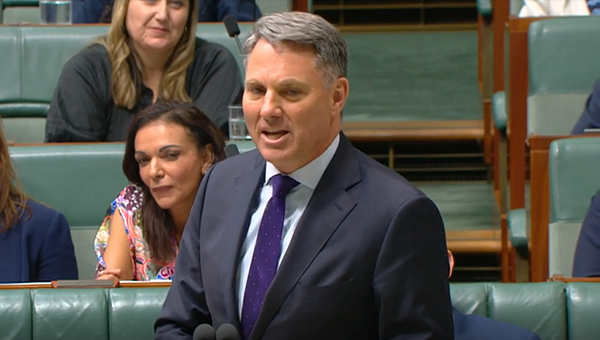Over 7% Increase Takes Spending Beyond 2.04% of GDP
Australia’s latest defence budget will see spending on the military increase to a record high of A$52.588 billion (US$35.13 billion) for 2023-24, exceeding 2.04% of GDP.
This is up from the A$49.131 billion (1.93% of GDP) in 2022-23, and is set to rise to A$59.816 billion by 2026-27. It represents a significant amount for defence but, considering the direction of travel for the Australian Defence Force set down in the Defence Strategic Review (DSR) towards long-range strike, and the plans for new nuclear-powered submarines in coming years, it is not going to be enough.
Furthermore, when taking into account inflation running at 6-7%, the budget is actually a real-terms decline, despite the increases. Overall capital spending has decreased, largely due to the cancellation of the SEA 1000 Future Submarine programme with France, but the amounts to be spent on the Air Force and Army will also fall, to create headroom for spending in other areas to meet DSR requirements.
The budget confirms intent to increase the size of the defence establishment by 18,500, to over 101,000 personnel by 2040. The workforce currently stands at 77,386 but, considering last year’s 2022-23 budget predicted numbers to reach 79,201 by this year, this represents a serious loss in people. The intent is to establish a new ‘Tiger Team’ to improve recruitment.
The budget addresses AUKUS in greater detail, with the establishment of an Australian Submarine Agency on 1 July that will oversee and manage the SSN programme. Funding totalling A$3.3 billion is provided over the forward estimates period, with A$9 billion allocated so far. Investment worth A$3.4 billion has also been set aside over the next decade for an Advanced Strategic Capabilities Accelerator to focus on innovation and the development of disruptive technology.
The projects considered urgent under the DSR – those that will give the ADF extended range strike capabilities – total some A$4.1 billion. This includes Project AIR 3023 Phase 1 – the Long Range Anti-Ship Missile and Joint Strike Missile, providing airborne maritime strike capability. These will be integrated onto RAAF F/A-18F Super Hornet fighters and P-8A Poseidon maritime patrol aircraft. Project funding totals A$751 million, with A$333 million to be spent in 2023-24.
Project AIR 6004 Phase 2 calls for procurement of a long-range air-launched strike weapon in the Joint Air-to-Surface Stand-off Missile – Extended Range, and totals some A$558 million, with A$180 million spent in 2023-24. This will also be integrated into the Super Hornet and in the future the F-35A.
Elsewhere, procurement of 10 MQ-28A Ghost Bat UCAVs under project DEF 6014 Phase 2 will cost A$454 million. A joint effort with the US has been confirmed.
For the Navy, SEA 1300 Phase 1 has a budget of A$6.2 billion for guided weapons that includes development of the Evolved Sea Sparrow Missile Block 2, an Advanced Lightweight Torpedo, long-range anti-ship missiles, integration of Tomahawk cruise missiles into the Hobart-class destroyers and the integration and testing of both SM-2 and SM-6 anti-air missiles.
This budget represents the first step in a re-set of Australia’s defence structure and culture that will occur over the next decade, as the DSR comes into effect.
Tim Fish reporting from New Zealand for MON

























